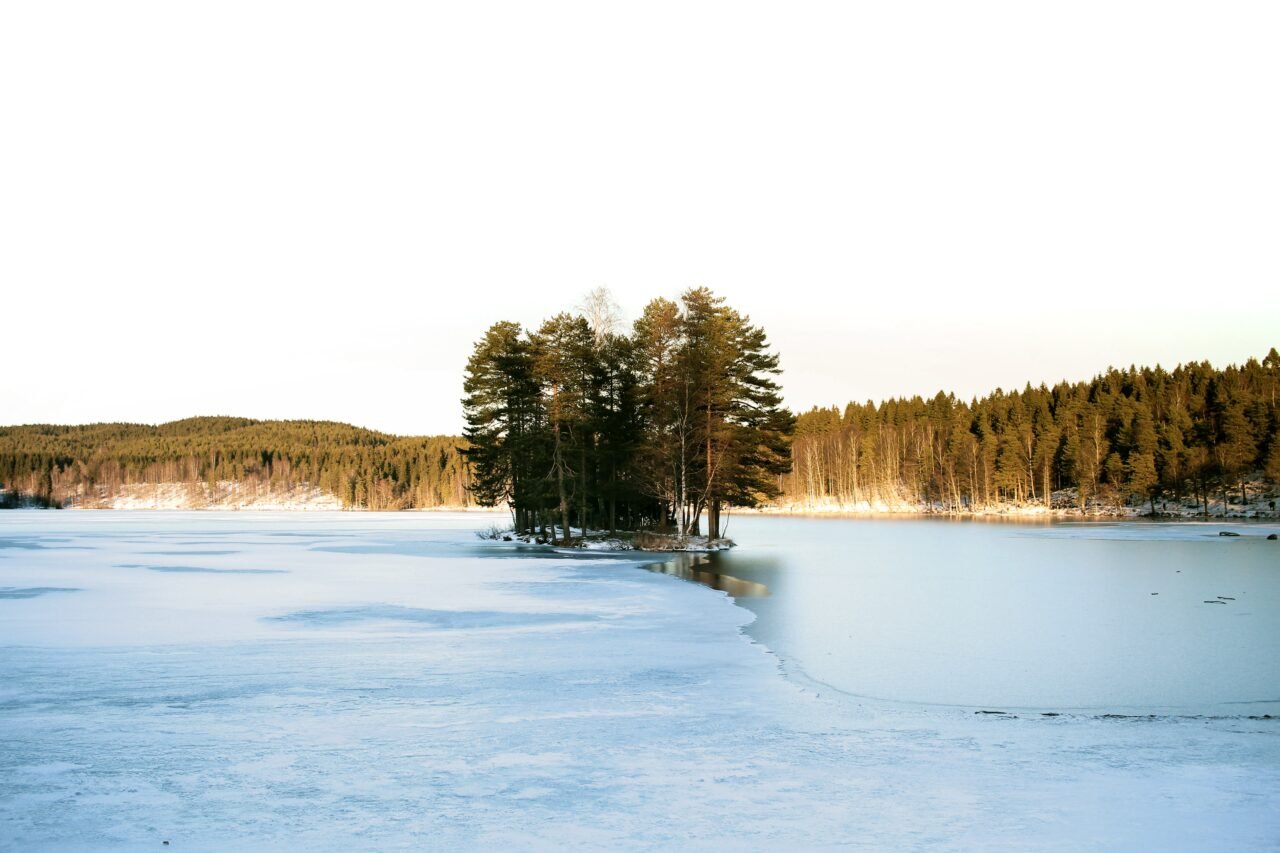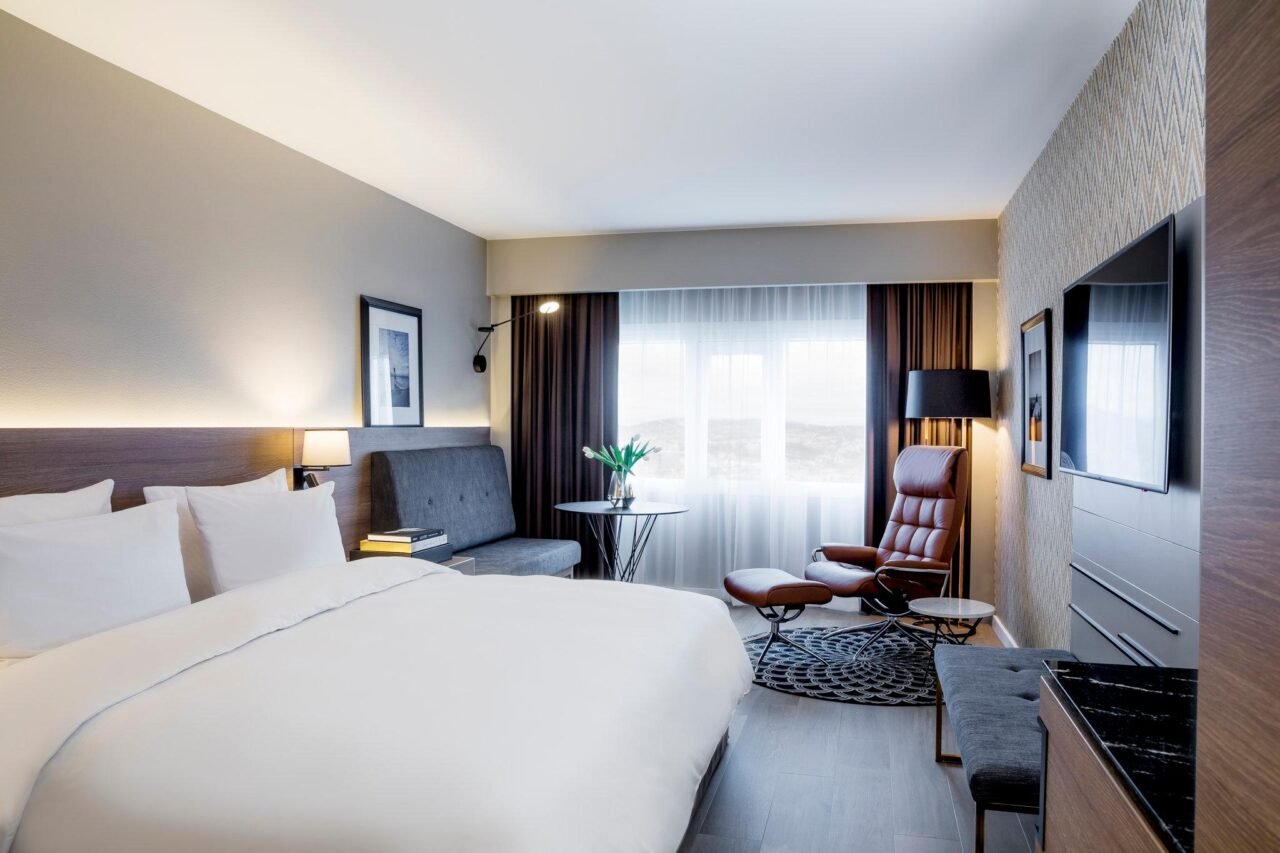Winter Sports in Oslo: Scandinavia’s Outdoor Capital
Rowena Bell-Scott, February 8, 2011

Oslo’s natural capital is abundant and thanks to its northerly latitude, experienced in different ways throughout the year. Summer activities are charter in our Oslo City Guide, with winter items noted in this post.
Snow is almost guaranteed in Oslo from November to March so it’s ideal for skiing, Nordic or Alpine. The landmark ski jump, Holmenkollen, has recently been refurbished to accommodate the 2011 FIS Nordic World Ski Championships. While the jump is beyond reach for most of us, Oslo has been developing its winter sports infrastructure in advance of the event.

Many of the trails used in the Summer double up as winter tracksm, many of them floodlit. Cabins are open along some of the more popular routes where you can refuel or stay the night. The trails have ranging levels of difficulty so take a map to make sure you don’t come across any perilous terrain. Make sure to check the weather forecast before heading out and use the correct wax. My favourite route was approximately 50km and left from Frognerseteren, passing through Tryvann and Kobberhaugen before arriving at Kitut. After having a hot chocolate stop at Kitut, progress along to a farm, Bjornholt, before following signs for Rottungen and continue onto Ullevalseter, finishing at Sognsvann.
If you prefer conventional skiing head for Tryvann, Oslo’s ‘vinterpark.’ With a modest 14 runs it doesn’t compare with Norway’s more famous ski resorts such as Voss and Geilo, but for a 25 minute tube ride away, Tyvann speaks of epic convenience. All types of skis can be hired from Voksenkollen, the penultimate stop on Line One of the tube. The cost approximately for all day hire is £34.00 (340kr).
Sledging is amazing fun and it is worthwhile trying the toboggan run, Korketrekkeren. It starts at Frognerseteren and ends at Midtstuen tube station. Repeat the run as many times as you like by hopping on the tube taking you back to the top of the run. If you’re can adrenaline junkie you can complete the 2000 metre run within 8 minutes. Sledges can be hired from Akeforeningen, near Frognerseteren.
Accommodation
The Radisson Blu Plaza Hotel is centrally located in Oslo and includes a gym with weights and cardio equipment. An indoor pool provides just enough space for swimming lengths too.

Getting there responsibly
Have a read through this blog on greentraveller.co.uk that tells you how to get to Norway without flying. Seat61.com also provides you with some fantastic information on train travel to Oslo from the UK.